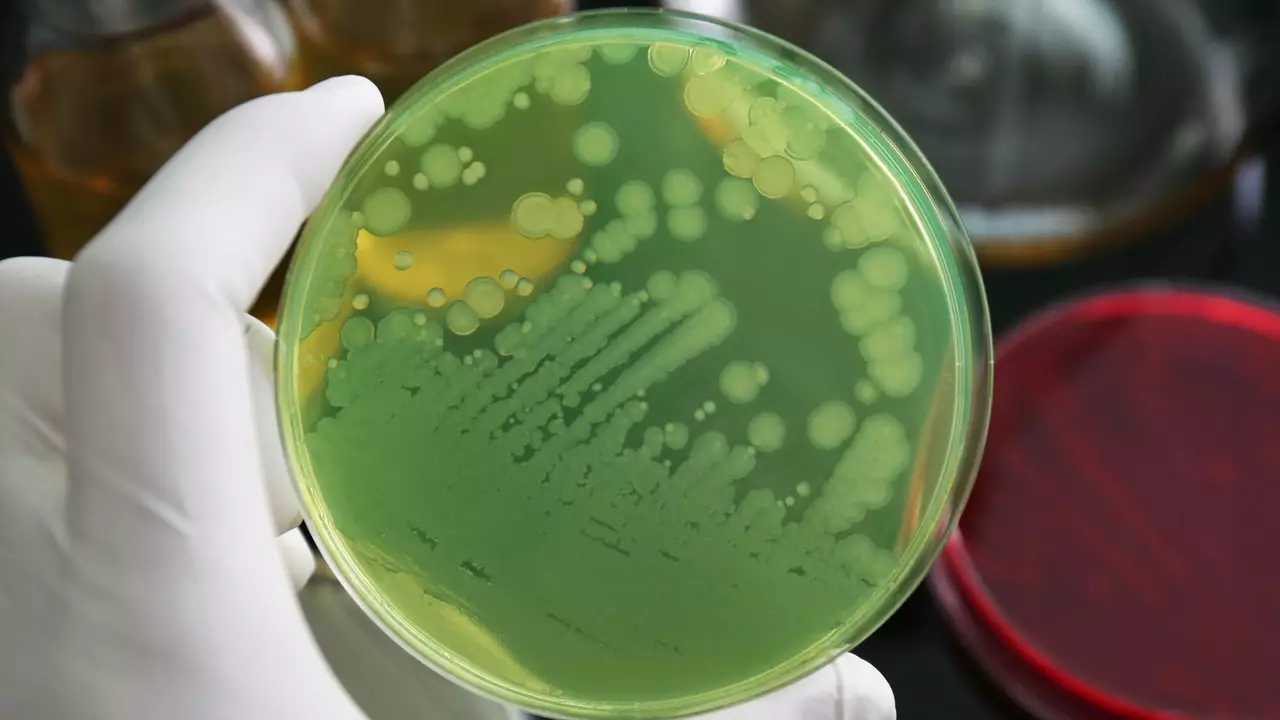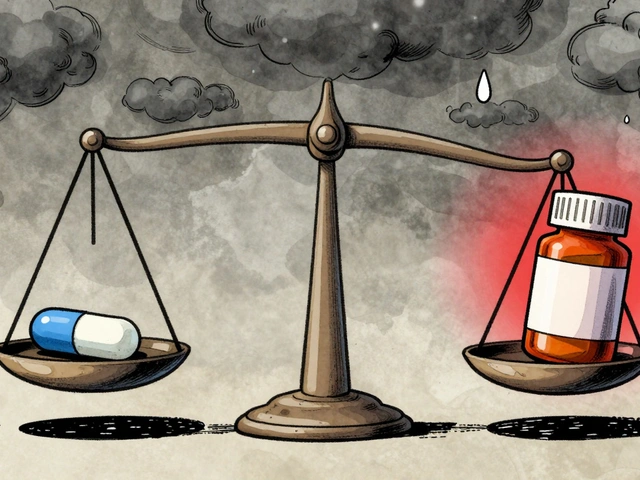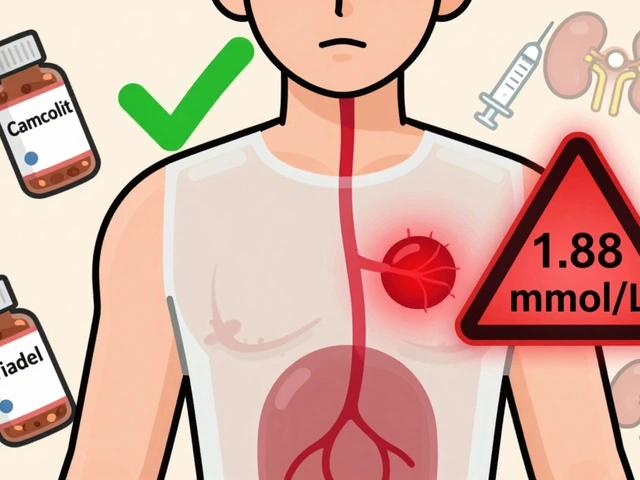Pseudomonas aeruginosa infections: what to spot and how to act
Pseudomonas aeruginosa is a common germ that causes infections in people with weakened defenses. It shows up in hospitals and in the community — think ventilator-associated pneumonia, catheter-related bloodstream infections, urinary infections, burn and wound infections, and swimmer's ear. If you or a loved one is at higher risk (critically ill, on a ventilator, has cystic fibrosis, recent surgery, or indwelling devices), pay attention to early signs.
What does an infection usually look like? Fever, worsening cough or shortness of breath in someone on oxygen, redness and pus around a catheter or wound, new urinary symptoms, or ear pain with drainage. Any fast worsening or signs of sepsis (very fast heart rate, low blood pressure, confusion) need urgent medical care.
How doctors diagnose and treat it
Diagnosis starts with cultures. Doctors will take samples from blood, sputum, urine, wound swabs, or ear fluid and ask the lab for susceptibility testing. That tells which antibiotics will actually work. Imaging like chest X-rays or CT scans helps when lung infection is suspected.
Treatment depends on where the infection is and how sick the patient is. Common anti-pseudomonal antibiotics include piperacillin-tazobactam, ceftazidime, cefepime, and carbapenems (like meropenem). Aminoglycosides and fluoroquinolones can also work in some cases. For multi-drug resistant strains, doctors may use older drugs like colistin or newer combination agents — always guided by culture results. Severe infections often start with broad coverage and are then narrowed once lab results arrive. Removing or replacing infected devices (catheters, drains) and good wound care are essential parts of treatment.
Why resistance and prevention matter
Pseudomonas is good at resisting antibiotics. It forms biofilms on tubes and wounds and can pick up resistance genes. That makes prevention and smart antibiotic use crucial. Hospitals reduce risk with hand hygiene, cleaning and disinfecting equipment and water systems, careful care of lines and catheters, and isolation when needed. At home, keep chronic wounds clean, follow instructions for catheter care, and avoid overusing leftover antibiotics.
Ask your care team about antibiotic stewardship: using the right drug, at the right dose, for the right time. That lowers the chance the bug becomes harder to treat.
If you suspect a Pseudomonas infection, don’t self-treat. Call your doctor if you have high fever, spreading redness, severe cough or breathing trouble, or signs of sepsis. Early testing and targeted treatment make a big difference. For people with long-term risks (like cystic fibrosis or repeated hospital stays), regular follow-up and infection-control steps can prevent many problems.
Want practical steps today? Wash hands often, keep wounds covered and dry, ask health staff to clean their hands before touching you, and get medical attention quickly if symptoms worsen. That simple vigilance prevents many Pseudomonas infections from getting worse.

The Role of Fusidic Acid in the Treatment of Pseudomonas Aeruginosa Infections
In today's post, we're going to discuss the role of Fusidic Acid in treating Pseudomonas Aeruginosa infections. Fusidic Acid is a powerful antibiotic that's proven to be effective against this particular type of bacteria. This antibiotic is known for its ability to stop bacterial growth, helping our body's immune system fight off the infection more efficiently. However, it's important to note that Fusidic Acid should only be used when prescribed by a healthcare professional, as misuse can lead to antibiotic resistance. Stay tuned for more on this and other health-related topics!
View More




